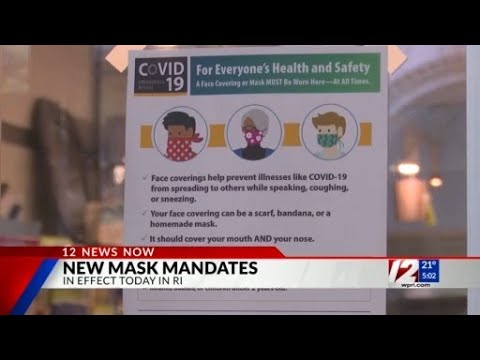The population of Rhode Island
Rhode Island, the smallest state in the United States, has a population of approximately 1.1 million people as of 2021. With an area of just 1,214 square miles, it is densely populated compared to other states. Despite its small size, Rhode Island has a diverse population, with a mix of ethnicities and cultures contributing to its vibrant communities.
The current global population
As of 2021, the global population stands at around 7.9 billion people. This number has been steadily increasing over the years, presenting various challenges related to resources, infrastructure, and sustainability. With the global population projected to reach 9.7 billion by 2050, the question of accommodating such a large number of people becomes even more pressing.
The size of Rhode Island
Rhode Island’s small size is evident when considering its land area of 1,214 square miles. It is approximately 48 miles long and 37 miles wide, making it the smallest state in the United States. While its compactness has its advantages, such as ease of transportation and accessibility, it also poses limitations when it comes to accommodating a large population.
Population density in Rhode Island
Rhode Island’s population density is one of the highest in the United States. With a population of around 1.1 million people, the state has a population density of approximately 1,018 people per square mile. This density is significantly higher than the national average and can put strain on resources and infrastructure.
Resources and infrastructure in Rhode Island
Rhode Island, despite its small size, has a relatively well-developed infrastructure and access to essential resources. The state has a robust network of roads, bridges, and public transportation systems, allowing for efficient movement of people and goods. Additionally, it benefits from access to freshwater sources and a diverse economy that includes industries such as healthcare, education, and tourism.
Challenges of accommodating a large population
Accommodating a significantly larger population in Rhode Island would present numerous challenges. The state’s limited land area would make it difficult to provide adequate housing, schools, healthcare facilities, and other essential services for an exponentially larger population. Additionally, the strain on resources such as water, energy, and food supply would intensify, potentially leading to shortages and environmental degradation.
Assessing the carrying capacity of Rhode Island
Determining the carrying capacity of Rhode Island, or the maximum number of people it can sustainably support, requires considering various factors. These include available land for development, resource availability, infrastructure capacity, and environmental impact. Experts argue that Rhode Island’s current population is already close to its sustainable limit, and accommodating all 7 billion people would be impossible without drastic changes and investments in infrastructure and resource management.
Environmental impact of accommodating 7 billion people
Accommodating 7 billion people in Rhode Island would have significant environmental consequences. The strain on natural resources and ecosystems would be immense, leading to increased pollution, deforestation, and loss of biodiversity. The state’s delicate coastal ecosystem would also be at risk due to increased urbanization and potential sea-level rise associated with climate change.
Social implications of accommodating 7 billion people
Accommodating such a large population in Rhode Island would also have profound social implications. The state’s current communities and infrastructure would face significant strain, potentially leading to overcrowding, increased competition for resources, and a decline in the quality of life. Social tensions and inequalities could also arise, as not everyone would have equal access to essential services and opportunities.
Economic considerations in accommodating 7 billion people
From an economic standpoint, accommodating 7 billion people in Rhode Island would require substantial investments in infrastructure, education, healthcare, and other sectors. While it could potentially stimulate economic growth and create job opportunities, it would also require careful planning and management to ensure sustainable development and avoid overburdening the state’s economy.
Alternative solutions to population accommodation
Given the limitations of Rhode Island’s size, it is important to consider alternative solutions to accommodate a growing population. These may include implementing sustainable urban planning strategies, promoting regional cooperation and planning, and encouraging population dispersal to less densely populated areas. Additionally, addressing global population growth through education, healthcare, and access to family planning services can also help alleviate the pressure on Rhode Island and other densely populated regions.
Conclusion: Rhode Island’s capacity for 7 billion people
Considering Rhode Island’s small size, limited resources, and existing population density, it is evident that accommodating all 7 billion people would be impractical and unsustainable. The state has already reached its limits in terms of population capacity, and any significant increase would pose immense challenges in terms of infrastructure, resources, and the environment. Instead, a more balanced approach is needed, focusing on sustainable development, efficient resource management, and addressing global population growth through education and family planning initiatives.




